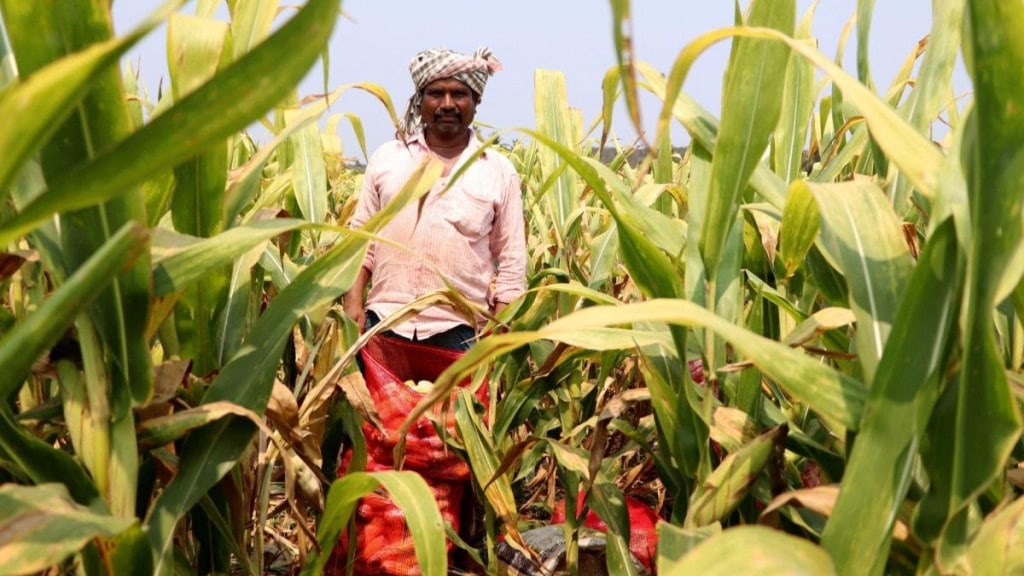Prime Minister Narendra Modi-led government’s first budget of the third term in office is widely expected to reinforce post-pandemic fiscal consolidation efforts while pursuing the long-term objectives of ‘Vikshit Bharat’. Setting the tone for the third term of the Modi government, its focus areas may be boosting consumption by giving tax benefits to the middle class. Other priority areas may include agriculture, capex and infra spending and manufacturing push.
In the agricultural sector, the government has implemented numerous schemes over time with the aim of aiding those who benefit from them. Experts predict that the upcoming budget, to be presented by Finance Minister Nirmala Sitharaman, will likely include populist measures to support farmers. Here are 5 major ongoing schemes for farmers introduced by the Centre:
1. PM Kisan Scheme
Launched on February 24, 2019, Pradhan Mantri Kisan Samman Nidhi (PM-KISAN) is a central sector initiative designed to support the financial needs of land-holding farmers, with some exclusions. The scheme offers an annual benefit of Rs. 6,000, which is paid in three equal installments every four months directly into the bank accounts of farmers’ families via Direct Benefit Transfer (DBT). So far, over Rs. 2.81 lakh crore has been distributed through DBT to more than 11 crore farmers in various installments.
2. Pradhan Mantri Kisan Maandhan Yojna
The Pradhan Mantri Kisan Maandhan Yojna (PMKMY), launched on September 12, 2019, is a central sector scheme aimed at providing financial security to the most vulnerable farming families. This contributory scheme allows small and marginal farmers (SMFs), subject to certain exclusions, to join by making a monthly contribution to the Pension Fund, with an equivalent amount contributed by the Central Government.
Farmers aged between 18 and 40 are required to pay between Rs. 55 and Rs. 200 per month until they reach 60 years of age. Upon reaching 60, enrolled farmers receive a monthly pension of Rs. 3,000, again subject to exclusion criteria.
The scheme is managed by Life Insurance Corporation (LIC) and beneficiaries are registered through Common Service Centers (CSC) and State Governments. To date, 23.38 lakh farmers have enrolled in the program.
3. Pradhan Mantri Fasal Bima Yojana
Launched in 2016, the Pradhan Mantri Fasal Bima Yojana (PMFBY) aims to offer a straightforward and affordable crop insurance option, providing farmers with extensive protection against all unavoidable natural risks from pre-sowing to post-harvest. The scheme is designed to be demand-driven and is accessible to all farmers. Since its inception in 2016-17, the program has covered 55.49 million farmer applications, with claims totaling Rs 1,50,589.10 crore paid out.
4. Agri Infra Fund
To tackle infrastructure deficiencies and attract investment in agricultural infrastructure, the Agri Infra Fund was introduced as part of the Aatmanirbhar Bharat Package. This fund aims to transform the country’s agricultural infrastructure by providing medium- to long-term debt financing for viable post-harvest management and community farming projects, supported by interest subsidies and credit guarantees. With a total allocation of Rs. 1 lakh crore, the fund will be distributed between FY 2020-21 and FY 2025-26, with support extending until FY 2032-33.
The scheme provides loans from banks and financial institutions with a 3% annual interest subsidy and credit guarantee coverage through CGTMSE for loans up to Rs. 2 crore. Additionally, entities can benefit from the scheme for up to 25 projects located in various LGD codes.
5. Namo Drone Didi Scheme
The Government has recently approved a Central Sector Scheme to provide drones to Women Self Help Groups (SHGs) for the period from 2024-25 to 2025-26, with a total allocation of Rs. 1,261 crore. This initiative aims to equip 15,000 selected SHGs with drones for offering rental services to farmers, specifically for applying fertilizers and pesticides. The scheme will offer Central Financial Assistance covering 80% of the drone and accessory costs, up to a maximum of Rs. 8 lakh, to the women SHGs.
The remaining balance of the procurement cost can be financed through loans from the National Agriculture Infra Financing Facility (AIF), with a 3% interest subsidy provided to the Cluster Level Federations (CLFs). This scheme is designed to support sustainable business operations and livelihoods for SHGs, enabling them to earn an additional income of at least Rs. 1 lakh per year.

